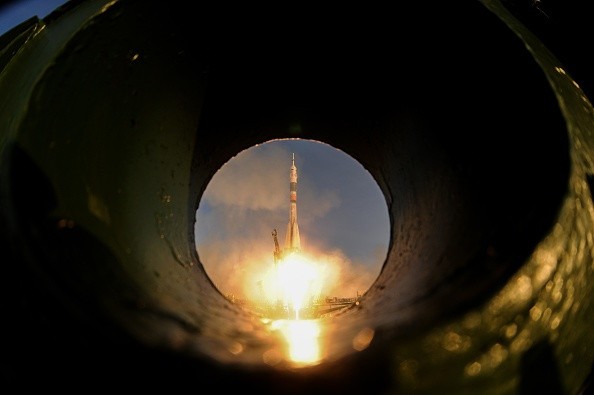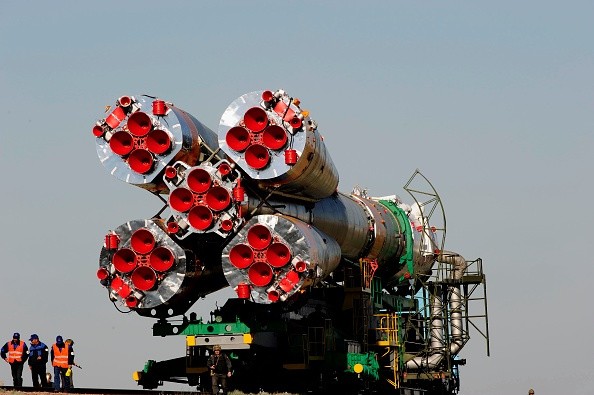Russia plans to send a new Soyuz spacecraft to rescue the country's cosmonauts.

Previously, NASA and Russia confirmed that the Soyuz spacecraft used at the International Space Station suffers from a leak.
As of writing, the international space union is still coordinating with Roscosmos to investigate the damaged space vehicle.
Russia to Send New Soyuz Spacecraft
According to WIO News' latest report, Russia wants to send a new Soyuz spacecraft to the ISS to bring rescue cosmonauts.

NASA's International Space Station Program Manager Joel Montalbano was on the call when Roscosmos shared its plan.
The NASA official said Russia plans to launch the new Soyuz vehicle as early as February 2023.
This is a reasonable launch schedule since the Roscosmos crew is expected to return to Earth in March 2023, as reported by BBC News.
If Russia really sends a new Soyuz spacecraft, the damaged one is expected to return without the crew.
What Caused the Soyuz Leak?
At first, many space experts thought that the Soyuz leak was caused by the Geminid meteors.
However, Roscosmos and NASA ruled out these space rocks since the damaged location and the meteors' trajectory are in different directions.
"Both the trajectory team in Houston and the trajectory team in Moscow confirmed it was not from the meteor showers; it was in the wrong direction," explained Montalbano.
As of press time, one of the possible causes being looked into is space junk. But, Roscosmos still need to complete its thermal analyses to confirm this detail.
If you want to learn more about the latest Soyuz spacecraft damage, you can visit this link.
While Roscosmos is trying to solve the damage to its Soyuz spacecraft, NASA is busy with its other space missions.
Recently, we reported that the NASA SWOT satellite was successfully launched.
On the other hand, the NASA InSight lander official retired after space experts could not receive any response from the spacecraft.
For more news updates about the Soyuz leak and other space topics, keep your tabs open here at TechTimes.
Related Article : [UPDATE] Soyuz Spacecraft Has a 0.8mm Hole That Causes the Coolant Leak

ⓒ 2025 TECHTIMES.com All rights reserved. Do not reproduce without permission.




